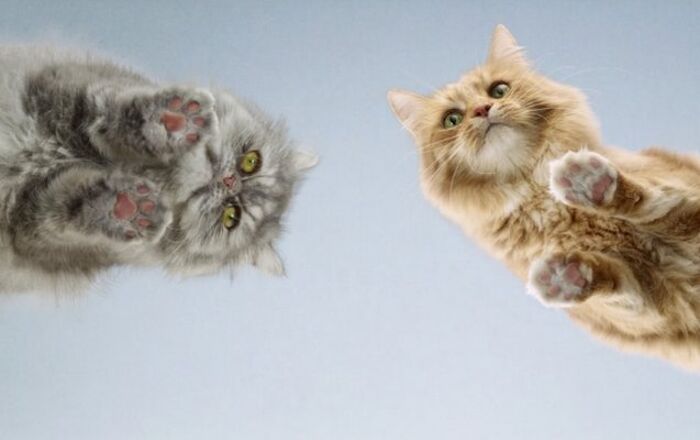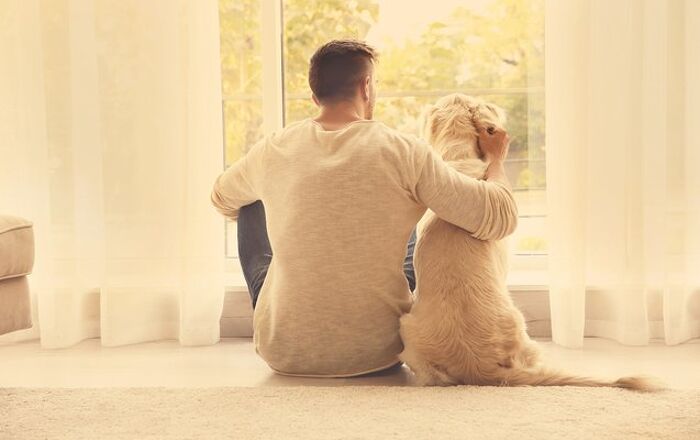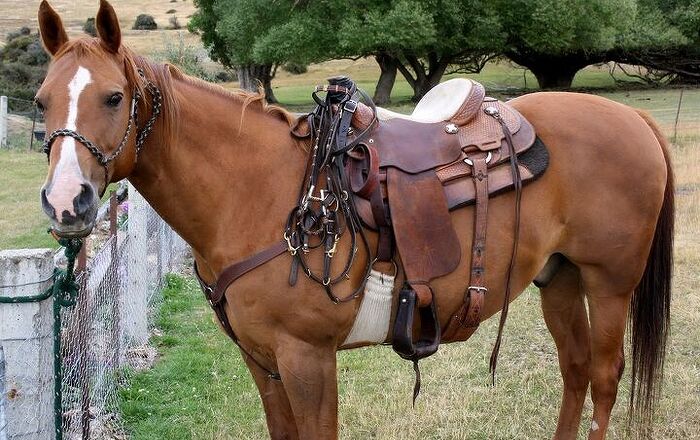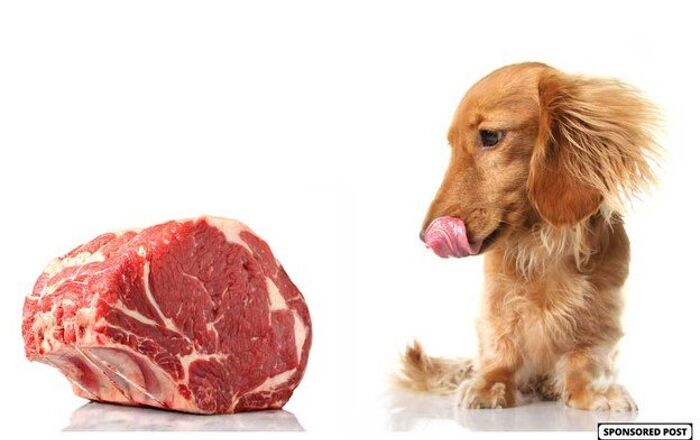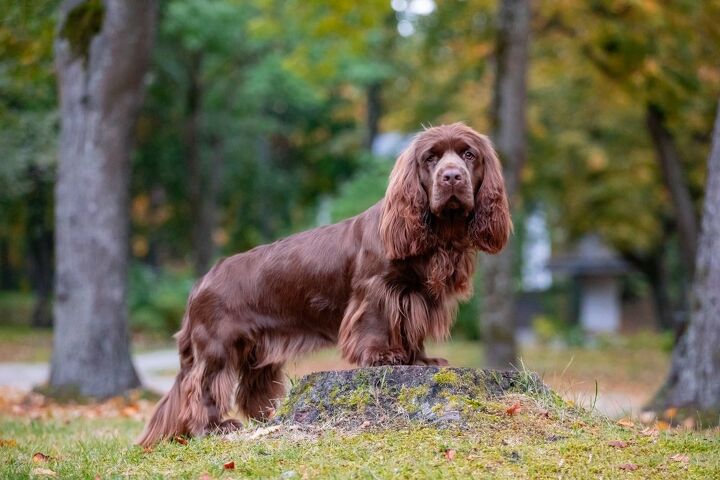
Sussex Spaniel Basics
If you are looking for a calm, friendly breed that is great with kids and has a noble appearance, look no further than the Sussex Spaniel. These dogs have survived throughout the ages, despite a difficult past, and are making a comeback as a loyal, family-friendly breed. Sussex Spaniels are known for their long, flowing coats and soft, furry ears as well as their loving disposition.
If you are looking for a calm, friendly breed that is great with kids and has a noble appearance, look no further than the Sussex Spaniel.
Origin
The development of the Sussex Spaniel began in 1795 when Mr. Fuller of Rosehill Park in East Sussex, England set out to breed gun dogs that were especially suited to the terrain near his home. The rough terrain and dense undergrowth of the East Sussex area required a short, stocky dog that could navigate the undergrowth and signal to the hunter to alert him on his quarry. The Sussex Spaniel was born from a crossing of various spaniel breeds including the now-extinct Norfolk Spaniel, the Field Spaniel, and English Springer Spaniel. What set the Sussex Spaniel apart from all of these breeds was its ability to bark when he cornered his prey.
In 1884, the Sussex Spaniel became one of the first 10 breeds recognized by the American Kennel Club. By the 1940s, however, it had lost most of its popularity and, during World War II, breeding was discouraged in favor of larger, working dogs. English breeder Joy Freer ignored this, however, and began breeding the Sussex Spaniel to save the breed from extinction. By 1947 only 10 Sussex Spaniels were registered with the UKC and as recently as 2004 the breed was still considered a Vulnerable Native Breed. Today, the breed continues to be fairly rare but it is more popular in the U.S. than in any other country, even its home in Britain.
Pedigree

The Sussex Spaniel is descendant from various spaniel breeds including the now-extinct Norfolk Spaniel, the Field Spaniel, and English Springer Spaniel.
Food/Diet
Given that the Sussex Spaniel is a medium-sized hunting breed, it is best to use a dog food formula that is specialized for active dogs.
The Sussex Spaniel is a fast learner, but you do need to be calm and consistent in training this breed.
Training
The Sussex Spaniel is a fast learner, but you do need to be calm and consistent in training this breed. These dogs respond to a firm pack leader and should be started with training and socialization early. Because the Sussex Spaniel is able to bark, you will need to focus on training him to respond to a “Hush” command or teach him that one bark is sufficient.
Weight
The Sussex Spaniel is considered a medium-sized breed, weighing between 35 and 45 lbs. at maturity. It is often compared to the Clumber Spaniel, a larger breed, which weighs between 55 and 85 lbs.
Temperament/Behavior

The Sussex Spaniel is known for being a calm, easy going breed. These dogs love to spend time with people and they can be quite protective of their families. Even though the Sussex Spaniel is calm and docile by nature, he still has a clownish side to him – he has been known to play with great energy and enthusiasm. Because these dogs are so calm and friendly, they make wonderful family pets, especially for families with children.
Sussex Spaniels are a social breed. In addition to enjoying time with people, they also tend to get along well with other dogs and even cats. These dogs do tend to bark at the doorbell or when strangers enter their property, but they are not aggressive toward people. Proper training and socialization will ensure that the dog gets along well with people and other pets.
Common Health Problems
The Sussex Spaniel is generally fairly healthy but, due to its limited gene pool, the breed is prone to certain health problems. For example, hip dysplasia is a fairly common congenital condition in this breed but because of the breed’s compact body, it is generally not debilitating. Perhaps the most common health condition seen in this breed is otitis externa, or outer ear infections. This is due to the floppy nature of the dog’s ears which trap moisture. Some other conditions to which this breed is prone include pulmonary valve stenosis, patent ductus arteriosis, hypertrophy, intervertable disc disease, and various eye problems.
Life Expectancy
The average life expectancy for the Sussex Spaniel is about 12 to 15 years.
Exercise Requirements
Because the Sussex Spaniel is a hunting breed, it requires a fair amount of daily exercise. Sussex Spaniels should be given a daily walk as well as plenty of outdoor play time. Lack of exercise for this breed can lead to the development of behavioral problems.
These dogs love to spend time with people and they can be quite protective of their families.
AKC
The Sussex Spaniel was one of the first 10 breeds recognized by the AKC and it is currently a member of the Sporting Group. For the UKC, the Sussex Spaniel is in the Gun Dog group.
Coat
The Sussex Spaniel has a medium-long, flowing coat of soft reddish brown fur. The coat is thick and flat with some individuals exhibiting waves, though never curls. The ears and tail are covered in a thick, soft fur and the fur on the hindquarters and forequarters is slightly feathered. Due to the length and thickness of the Sussex Spaniel’s coat, these dogs require regularly brushing and combing to prevent matting. The fur between the toes should also be trimmed along with the hair beneath the ears if ear infections are a problem.
Puppies
The litter size for the Sussex Spaniel is between 2 and 8 puppies, though 4 is the average number.
Photo credit: Vera Reva/Shutterstock; zulkarnisezer/Shutterstock

